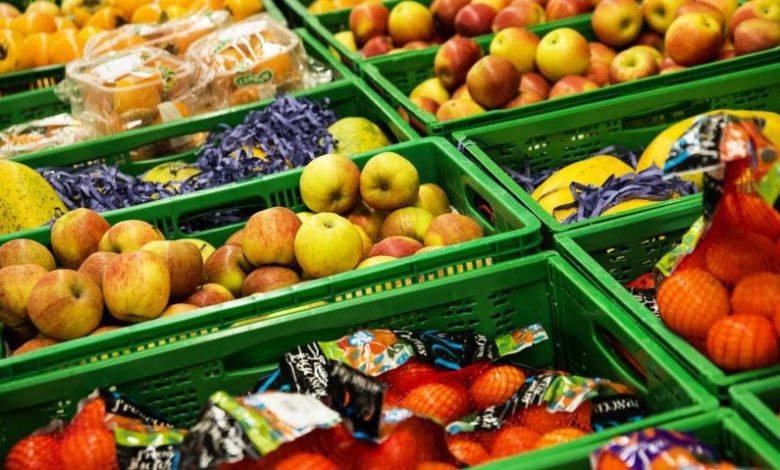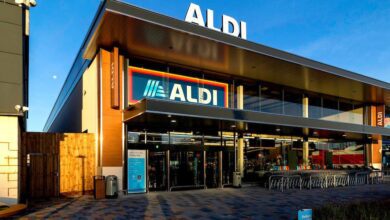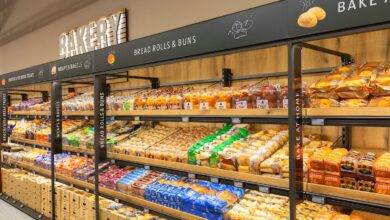Convenience stores see sales outperform UK supermarkets
The shift towards the convenience channel is a result of a gradual return of pre-pandemic consumer habits.

Grocery spend at UK convenience stores increased by +3.3% in the last four weeks ending 11 September 2021 – outperforming UK supermarkets, which rose by +0.6% during the same period, according to data released by NielsenIQ.







